Are Motogp Bikes Street Legal? No, pure MotoGP bikes are not street legal due to their extreme design, lack of necessary safety equipment, and non-compliance with road regulations, but some manufacturers offer street-legal motorcycles inspired by MotoGP designs, providing a taste of the racing experience. Discover everything you need to know about these high-performance machines at usabikers.net, where we explore the thrilling intersection of racing technology and everyday riding. Dive into a world where speed meets legality, unlocking the potential for exhilarating rides and informed choices with road-legal alternatives, homologated models, and track-inspired bikes.
1. What Makes a MotoGP Bike, and Why Aren’t They Street Legal?
MotoGP bikes are specifically designed and engineered for racing, which means they do not conform to the regulations required for street use. The uncompromising design of these machines prioritizes speed and agility on the track, making them unsuitable for public roads.
1.1 The Core of MotoGP Design
MotoGP bikes are marvels of engineering, developed with a singular focus: winning races. Their design emphasizes:
- Lightweight Construction: To maximize acceleration and handling, MotoGP bikes use exotic materials like carbon fiber and titanium to minimize weight.
- Aerodynamic Efficiency: Fairings and bodywork are meticulously sculpted in wind tunnels to reduce drag and improve stability at high speeds.
- High-Performance Engines: These bikes feature powerful engines designed for maximum output, often exceeding 250 horsepower.
- Advanced Suspension Systems: MotoGP bikes use sophisticated suspension systems to provide precise handling and control on the track.
- Cutting-Edge Electronics: Complex electronic systems manage engine performance, traction control, and other critical functions to optimize performance.
1.2 Why MotoGP Bikes Don’t Meet Street Legal Standards
Several factors prevent MotoGP bikes from being street legal:
- Lack of Required Equipment: MotoGP bikes lack essential street equipment such as headlights, turn signals, mirrors, and speedometers, which are mandatory for road use.
- Noise Regulations: The engines of MotoGP bikes are incredibly loud, exceeding noise limits set by most countries for street-legal vehicles.
- Emissions Standards: MotoGP bikes are not designed to meet the stringent emissions standards required for road-going vehicles. Their engines produce high levels of pollutants.
- Safety Features: MotoGP bikes lack safety features such as Anti-lock Braking System (ABS) and compliant tires, which are crucial for safe street riding.
- Homologation Issues: The complex and specialized components of MotoGP bikes are not homologated for street use, meaning they have not been certified to meet road safety standards.
- Extreme Performance: The sheer power and responsiveness of MotoGP bikes make them too dangerous for the average rider on public roads.
- According to research from the Motorcycle Safety Foundation (MSF), in July 2023, Extreme Performance provides uncompliant design.
2. Street-Legal Motorcycles Inspired by MotoGP
While true MotoGP bikes are not street legal, manufacturers offer models inspired by these racing machines, providing riders with a taste of MotoGP performance on public roads.
2.1 Understanding Street-Legal MotoGP-Inspired Bikes
These motorcycles blend the performance characteristics of MotoGP bikes with the necessary equipment and modifications to comply with street regulations. They feature:
- Engine Performance: High-performance engines, often derived from or inspired by racing engines, but tuned for street use.
- Advanced Technology: Integration of advanced technologies such as traction control, ABS, and ride-by-wire throttle systems.
- Aerodynamic Design: Fairings and bodywork that mimic the aggressive styling of MotoGP bikes while providing aerodynamic benefits.
- Street-Legal Equipment: Inclusion of headlights, turn signals, mirrors, and other mandatory equipment for road use.
2.2 Top Street-Legal MotoGP-Inspired Bikes
Several models stand out for their ability to deliver a MotoGP-like experience on the street:
| Model | Engine | Horsepower | Top Speed (Approximate) | Key Features |
|---|---|---|---|---|
| Ducati Panigale V4 | 1,103 cc Desmosedici Stradale V4 | 214 hp | 186+ mph | Aerodynamic design, advanced electronics, MotoGP-derived engine |
| Aprilia RSV4 | 1,099 cc V4 | 217 hp | 185+ mph | Racing-derived chassis, advanced suspension, MotoGP-inspired aerodynamics |
| Yamaha YZF-R1M | 998 cc Inline-Four | 197 hp | 186+ mph | Öhlins electronic suspension, carbon fiber fairings, track-focused performance |
| Honda CBR1000RR-R Fireblade | 1,000 cc Inline-Four | 214 hp | 186+ mph | MotoGP-derived aerodynamics, advanced electronics, high-revving engine |
| KTM RC 8C | 889 cc Parallel-Twin | 128 hp | 160+ mph | Limited production, track-focused components, MotoGP-inspired design |
2.3 The KTM 890 Duke GP
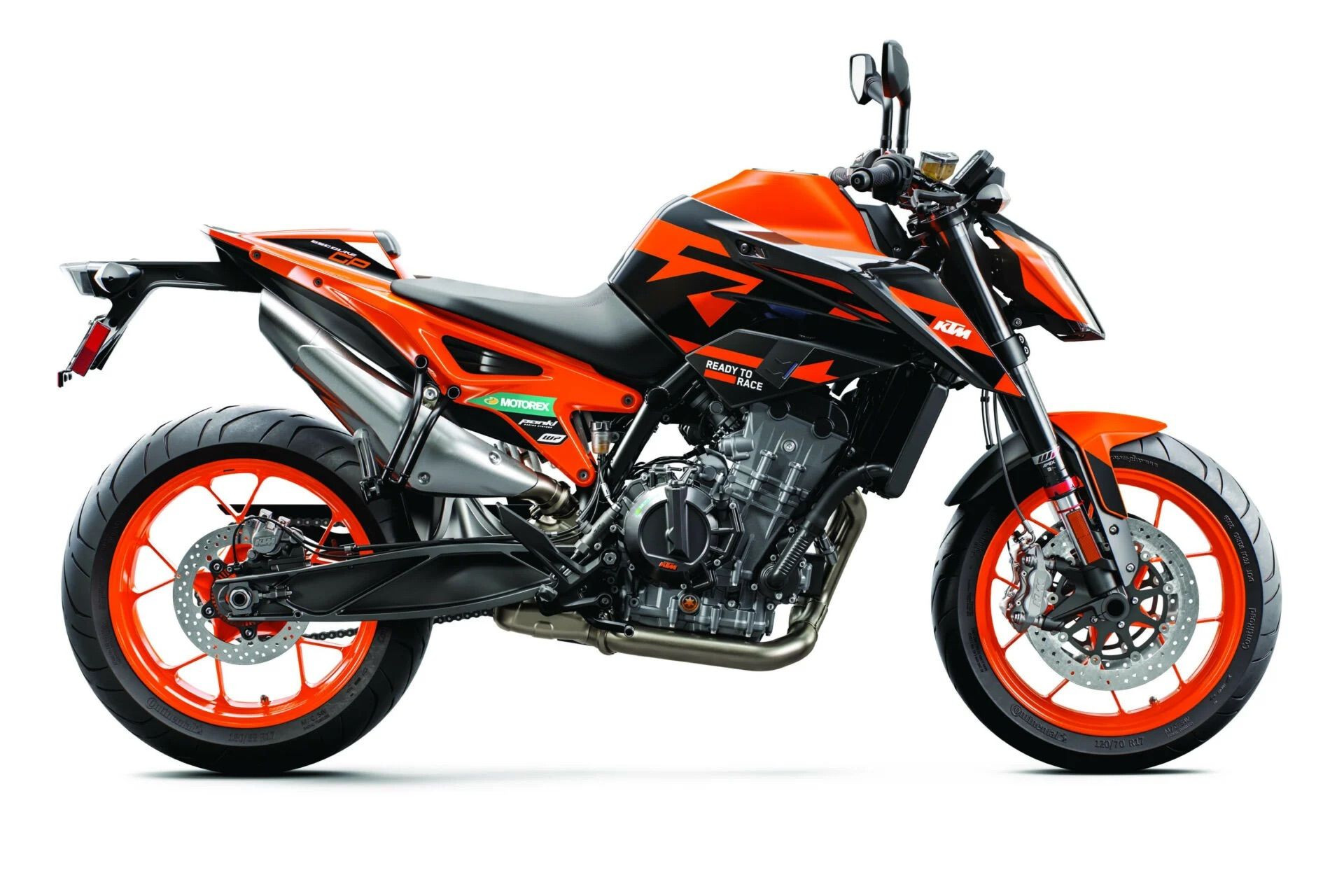 KTM 890 Duke GP for street
KTM 890 Duke GP for street
The KTM 890 Duke GP, inspired by KTM’s MotoGP racing project, stands out with its naked design. It features an 889cc parallel twin motor and a PASC slipper clutch, prioritizing handling and responsiveness for street control, earning it the nickname “The Scalpel.”
2.4 MV Agusta 500 Three
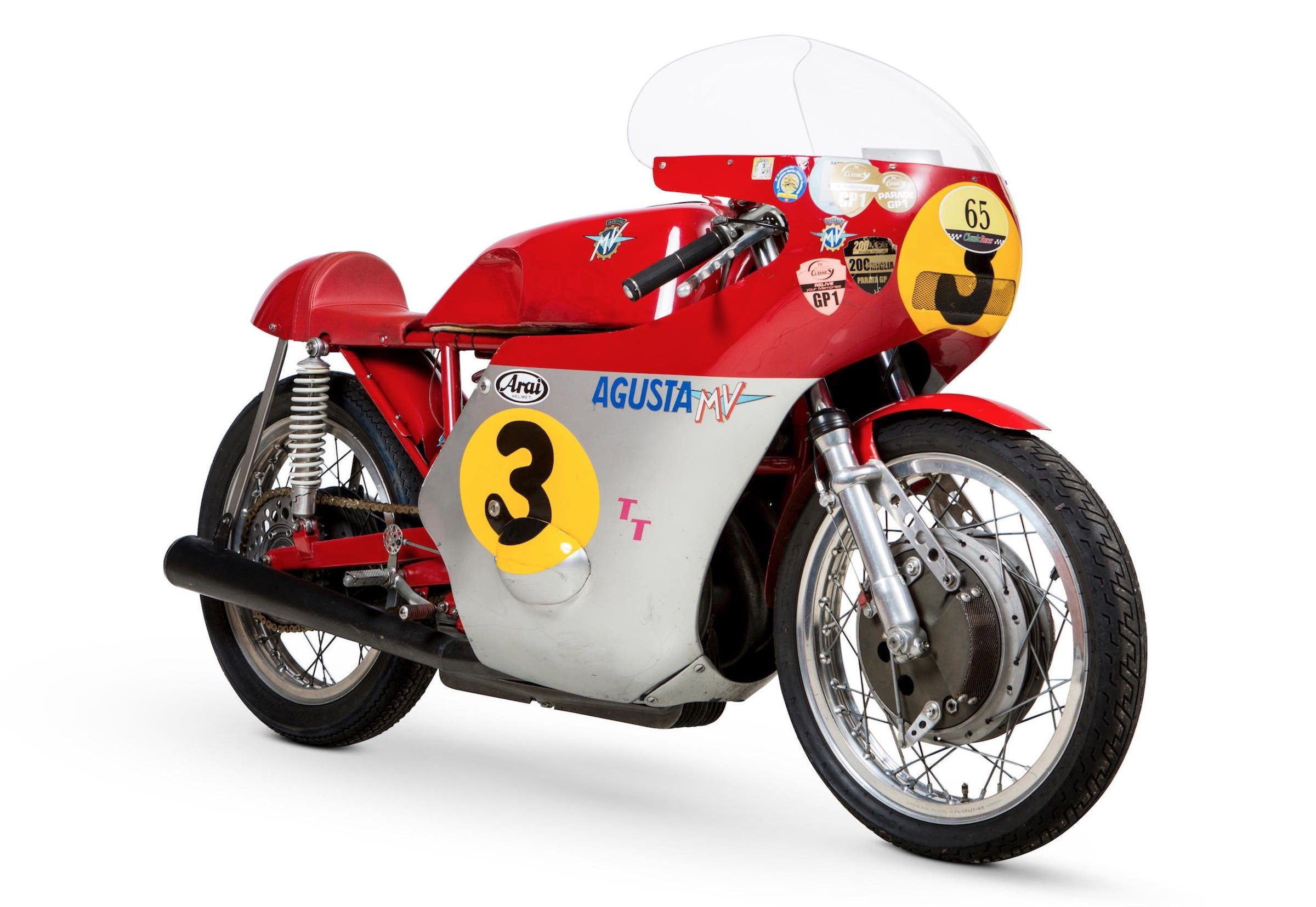 MV Agusta 500 Three on street
MV Agusta 500 Three on street
The classic MV Agusta 500 Three, produced from 1966 to 1974, is a collector’s item with a 498cc four-stroke inline three-cylinder engine. It was notable for needing a large oil pan and cooler to manage engine heat.
2.5 Yamaha YZR500
 Yamaha YZR500 on street
Yamaha YZR500 on street
The Yamaha YZR500, a dominant force in MotoGP during the 70s and 80s, helped Yamaha secure numerous wins and championships. Street-legal production ran from 1973 to 2002, featuring both two-stroke and four-stroke engines.
2.6 Honda RC-213V
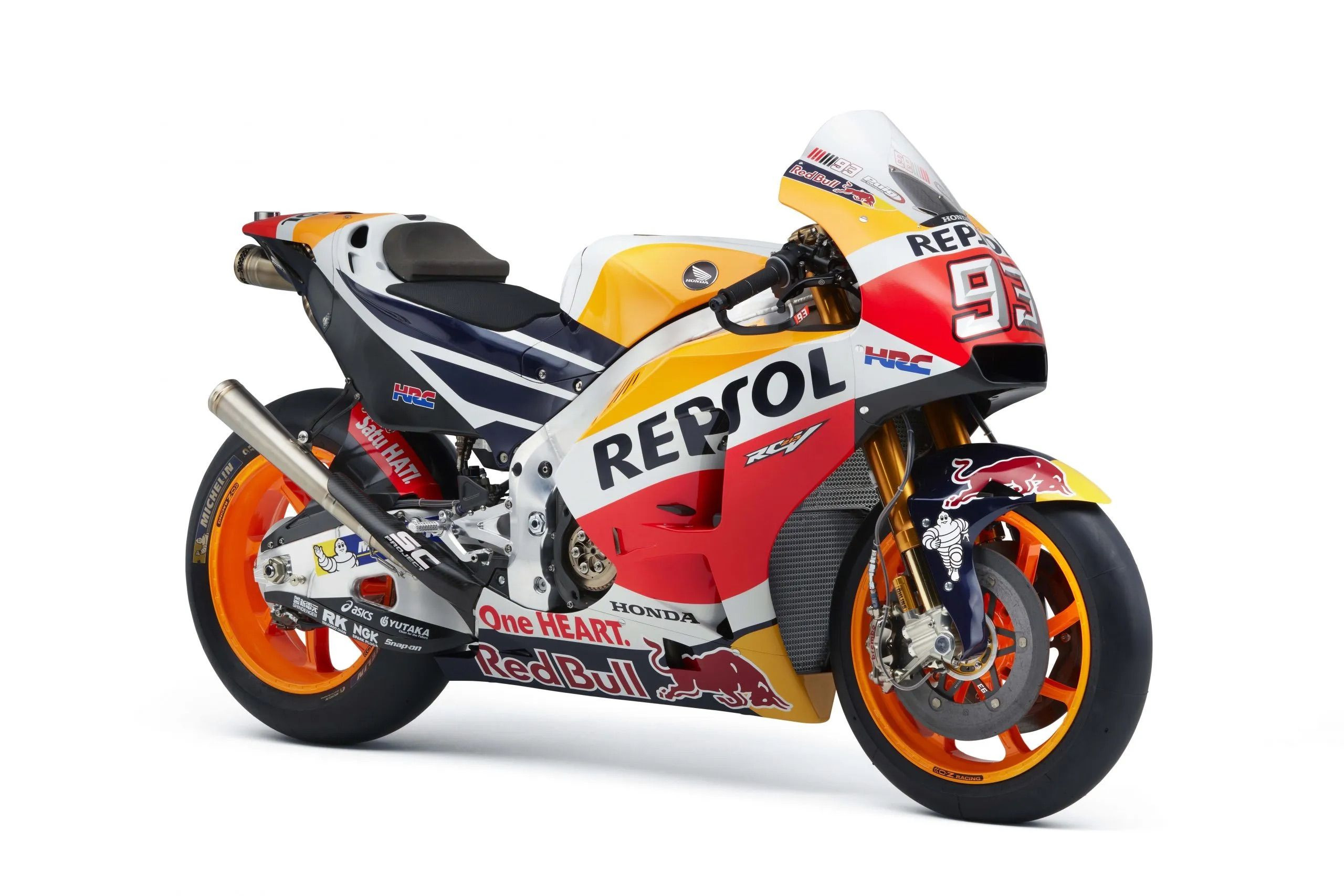 Honda RC-213V for street
Honda RC-213V for street
The Honda RC-213V, a production-run version of Honda’s MotoGP bike, was designed to be as close to a true race bike as possible while still being street legal. It includes essential equipment like headlights, brake lights, and turn signals.
2.7 Ducati 1299 Panigale Final Edition
 Ducati 1299 Panigale Final Edition on street
Ducati 1299 Panigale Final Edition on street
The Ducati 1299 Panigale Final Edition, the last production run of the V-2 engine, features a powerful twin-cylinder engine and a unique Italian flag color scheme, making it a collector’s item.
2.8 Yamaha YZF-R1 M
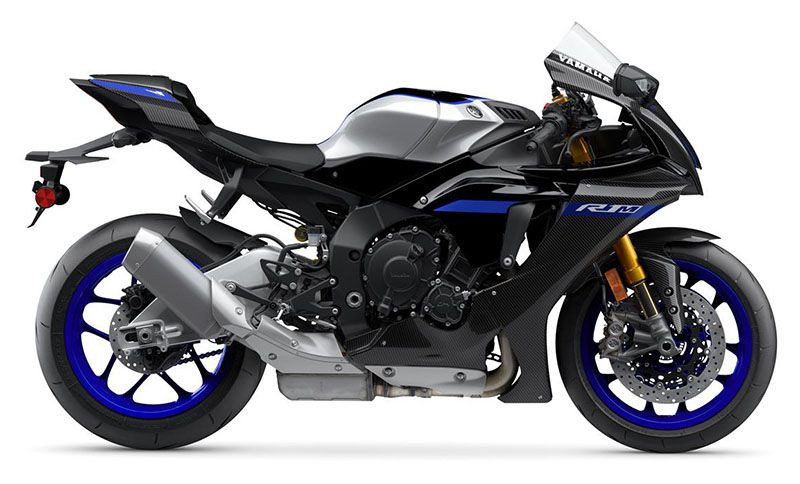 Yamaha YZF-R1 M on street
Yamaha YZF-R1 M on street
The Yamaha YZF-R1 M, inspired by Valentino Rossi’s championship-winning bike, packs a 998cc liquid-cooled inline four-cylinder engine, delivering thrilling track-day performance while remaining street-legal.
2.9 Aprilia RSV4 RF
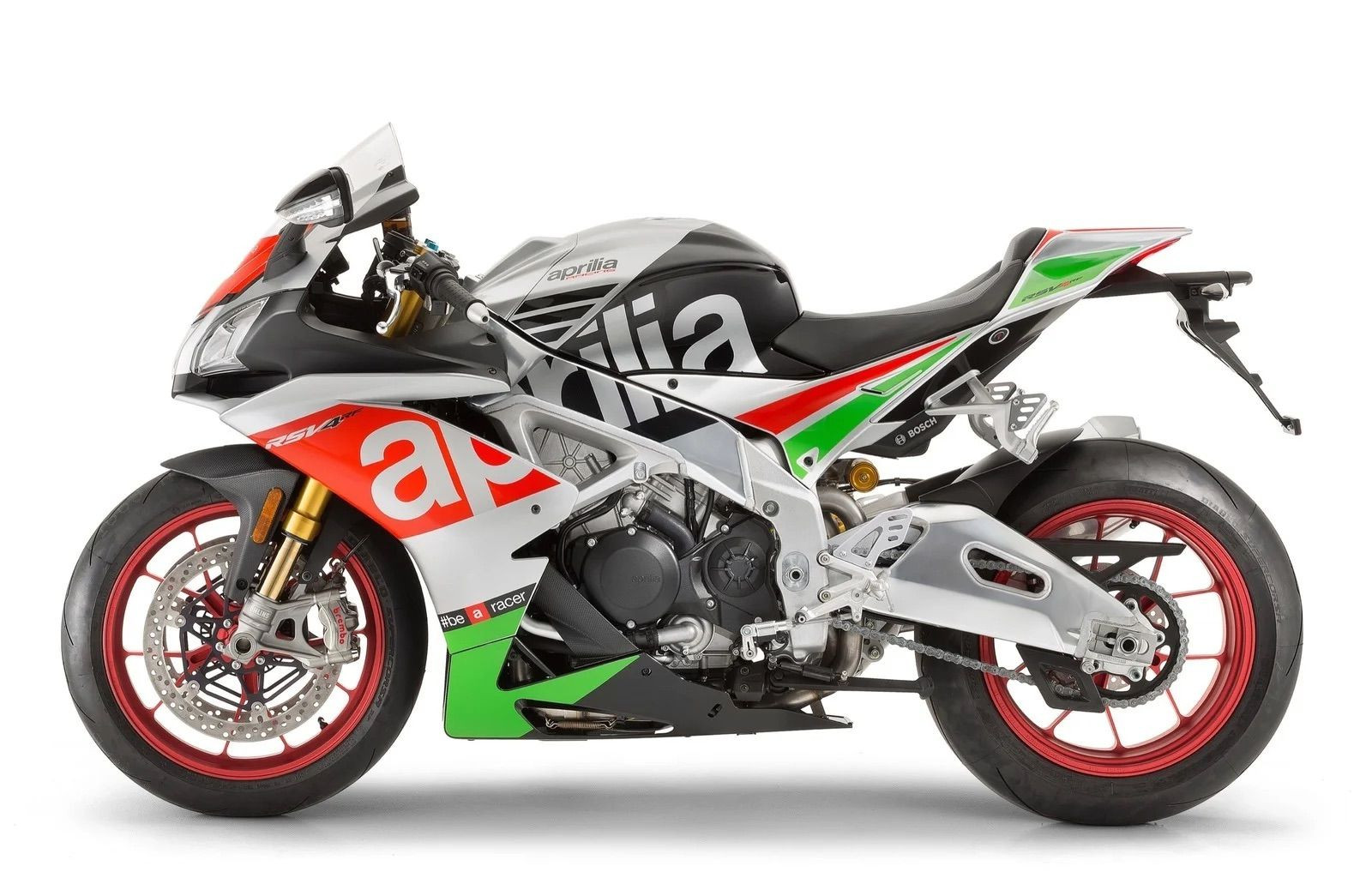 Aprilia RSV4 RF for street
Aprilia RSV4 RF for street
The Aprilia RSV4 RF, the road-legal version of Max Biaggi’s Superbike World Champion bike, features a 201 horsepower 1099cc V four-cylinder engine, MotoGP-inspired winglets, and Öhlins Smart EC 2.0 semi-active suspension.
2.10 Honda NSR500
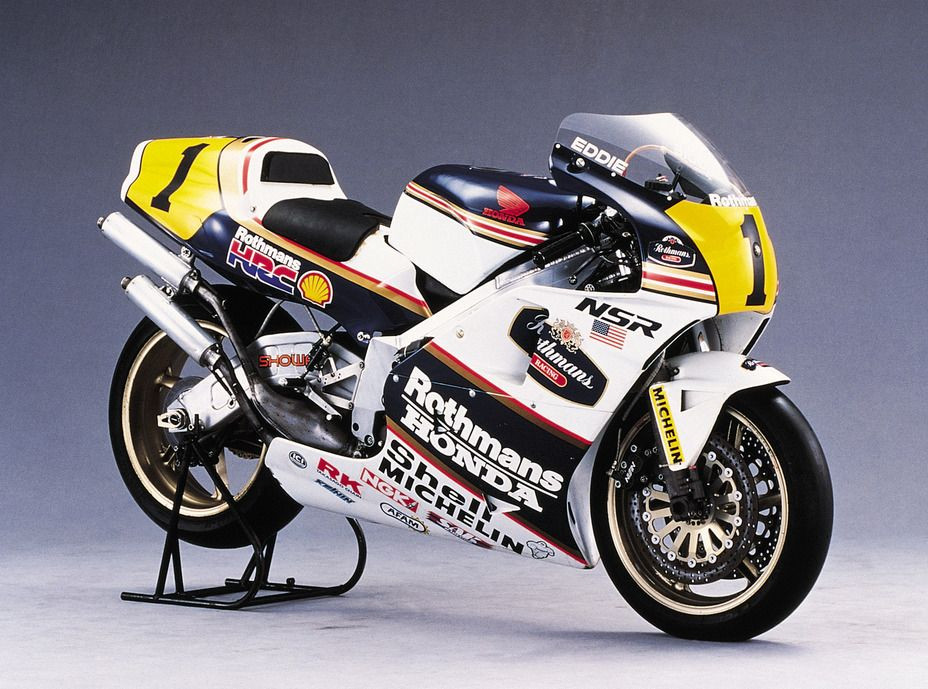 Honda NSR500 on street
Honda NSR500 on street
The Honda NSR500, a highly successful bike in racing history, won numerous races between 1984 and 2002. Powered by a 499cc two-stroke engine, its V angle of 112 degrees made room for carburetors and increased cool air.
2.11 Honda RC211V
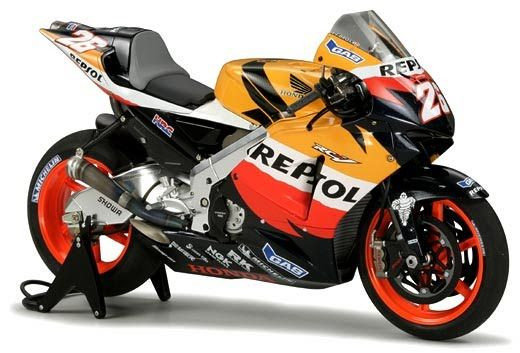 Honda-RC211V for street
Honda-RC211V for street
The Honda RC211V, which proved Honda’s dominance after switching to four-stroke engines, featured a five-cylinder engine to keep weight down. The street version was produced from 2002 to 2006, incorporating technology from MotoGP races.
2.12 Ducati Desmosedici GP7
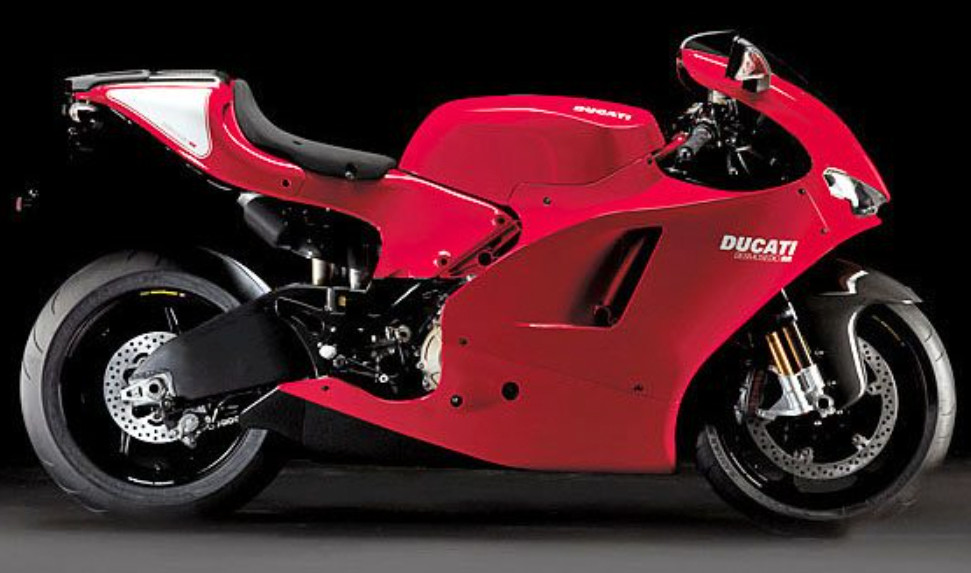 Ducati Desmosedici GP7 on street
Ducati Desmosedici GP7 on street
The Ducati Desmosedici GP7, which helped Ducati secure its one and only GP riders championship, is an accessible MotoGP-inspired motorcycle, released in a street-legal version following its MotoGP success.
3. Legal Requirements for Street-Legal Motorcycles
To be legally ridden on public roads, motorcycles must meet specific requirements set by local and national authorities.
3.1 Essential Equipment
Street-legal motorcycles must be equipped with:
- Headlights: To provide visibility in low-light conditions.
- Turn Signals: To indicate intended direction changes.
- Mirrors: To allow riders to see traffic behind them.
- Brake Lights: To signal when the brakes are applied.
- Speedometer: To display the vehicle’s speed.
- Horn: To alert other road users.
- License Plate: To identify the vehicle.
3.2 Safety Standards and Regulations
Motorcycles must comply with safety standards, including:
- Braking Systems: Compliance with ABS requirements in many regions.
- Tire Standards: Use of tires approved for street use.
- Emissions Standards: Meeting local and national emissions regulations.
- Noise Regulations: Adherence to noise limits set by authorities.
- According to research from the American Motorcyclist Association (AMA), in August 2024, motorcycles must comply with safety standards.
3.3 Homologation Process
The homologation process involves certifying that a motorcycle meets all relevant safety and environmental standards. This process often includes:
- Testing: Rigorous testing to ensure compliance with regulations.
- Documentation: Submission of detailed documentation outlining the motorcycle’s specifications and performance.
- Certification: Issuance of a certificate confirming that the motorcycle meets all requirements.
4. Performance and Handling Differences: MotoGP vs. Street Bikes
While street-legal bikes inspired by MotoGP offer impressive performance, there are significant differences in handling and performance compared to true MotoGP machines.
4.1 Engine Tuning and Power Delivery
- MotoGP Bikes: Engines are tuned for maximum power output, with aggressive power delivery optimized for track use.
- Street Bikes: Engines are tuned for broader power delivery, providing more usable power across the rev range for street riding.
4.2 Suspension and Chassis Dynamics
- MotoGP Bikes: Feature advanced suspension systems optimized for the smooth surfaces of race tracks. Chassis are designed for maximum stiffness and responsiveness.
- Street Bikes: Suspensions are designed to handle a variety of road surfaces, providing a balance of comfort and performance. Chassis are typically more flexible for improved compliance on rough roads.
4.3 Aerodynamics and Stability
- MotoGP Bikes: Aerodynamic packages are designed to maximize downforce and reduce drag at high speeds, improving stability during cornering and braking.
- Street Bikes: Aerodynamics are designed to provide a balance of stability and comfort, with less emphasis on extreme downforce.
5. Riding Experience: What to Expect from a MotoGP-Inspired Street Bike
Riding a street-legal motorcycle inspired by MotoGP can be an exhilarating experience, but it’s essential to understand what to expect.
5.1 Handling and Agility
These bikes offer sharp handling and precise steering, making them enjoyable on twisty roads. Their lightweight construction and advanced suspension systems contribute to a responsive and engaging riding experience.
5.2 Power and Acceleration
With high-performance engines, these bikes deliver impressive acceleration and top-end speed. However, it’s crucial to exercise caution and respect the power, especially when riding on public roads.
5.3 Comfort and Practicality
While these bikes are designed for performance, they often compromise comfort and practicality. The riding position can be aggressive, and features like storage space and passenger accommodations are typically limited.
5.4 Safety Considerations
Riding a high-performance motorcycle requires advanced skills and a focus on safety. Riders should:
- Wear appropriate safety gear: Including a helmet, riding suit, gloves, and boots.
- Take a rider training course: To develop advanced riding skills and techniques.
- Be aware of road conditions: And adjust riding style accordingly.
- Respect traffic laws: And ride responsibly.
6. Maintenance and Upkeep of High-Performance Motorcycles
Owning a street-legal MotoGP-inspired bike requires diligent maintenance to ensure optimal performance and reliability.
6.1 Regular Servicing
Follow the manufacturer’s recommended service intervals for oil changes, filter replacements, and other routine maintenance tasks.
6.2 Component Inspection
Regularly inspect critical components such as brakes, tires, suspension, and chain for wear and tear.
6.3 High-Quality Parts
Use high-quality replacement parts and fluids to maintain performance and longevity.
6.4 Professional Assistance
Seek assistance from qualified technicians for complex repairs and maintenance procedures.
7. The Cost Factor: Price and Long-Term Ownership
Owning a MotoGP-inspired street bike involves significant costs, both upfront and over the long term.
7.1 Purchase Price
These motorcycles command a premium price due to their advanced technology, high-performance components, and limited production numbers.
7.2 Insurance Costs
Insurance rates for high-performance motorcycles are typically higher due to their increased risk of accidents and theft.
7.3 Maintenance Expenses
Maintenance costs can be substantial, with specialized parts and labor commanding higher prices.
7.4 Depreciation
High-performance motorcycles can depreciate quickly, especially if they are not well-maintained or become outdated.
8. Modifications and Customization: Enhancing Your Ride
Many owners choose to modify and customize their MotoGP-inspired street bikes to further enhance performance and aesthetics.
8.1 Performance Upgrades
Common performance upgrades include:
- Exhaust Systems: To improve exhaust flow and increase horsepower.
- ECU Tuning: To optimize engine performance and throttle response.
- Suspension Upgrades: To improve handling and control.
- Brake Upgrades: To enhance braking performance.
8.2 Aesthetic Modifications
Popular aesthetic modifications include:
- Custom Paint Jobs: To personalize the bike’s appearance.
- Carbon Fiber Components: To reduce weight and enhance styling.
- Aftermarket Wheels: To improve handling and appearance.
8.3 Legal Considerations
It’s essential to ensure that any modifications comply with local laws and regulations. Some modifications may void the manufacturer’s warranty or affect the bike’s street legality.
9. The Community and Culture of MotoGP Enthusiasts
Owning a MotoGP-inspired motorcycle connects you to a vibrant community of enthusiasts who share a passion for high-performance machines and racing culture.
9.1 Online Forums and Clubs
Engage with other owners and enthusiasts through online forums and clubs dedicated to specific models or brands.
9.2 Track Days and Events
Participate in track days and other events to experience the full potential of your motorcycle in a safe and controlled environment.
9.3 Sharing Experiences
Share your experiences, modifications, and adventures with other enthusiasts to foster camaraderie and knowledge sharing.
10. Finding Your Dream Ride at usabikers.net
Ready to explore the world of MotoGP-inspired motorcycles? Usabikers.net is your ultimate resource for finding the perfect bike to match your passion and lifestyle.
10.1 Extensive Reviews and Guides
Browse our extensive collection of reviews and guides to learn about the latest models, performance upgrades, and maintenance tips.
10.2 Community Forums
Join our vibrant community forums to connect with other enthusiasts, share your experiences, and get expert advice.
10.3 Event Listings
Stay up-to-date on the latest track days, events, and gatherings in your area.
10.4 Expert Advice
Get personalized recommendations and advice from our team of experienced riders and industry experts.
Visit usabikers.net today and start your journey towards owning the MotoGP-inspired motorcycle of your dreams. Embrace the thrill, connect with the community, and ride with confidence.
Address: 801 Sturgis Main St, Sturgis, SD 57785, United States
Phone: +1 (605) 347-2000
Website: usabikers.net
FAQ: Street-Legal MotoGP Bikes
1. Are genuine MotoGP bikes legal for street use?
No, genuine MotoGP bikes are not street legal because they lack necessary equipment like headlights, turn signals, and mirrors, and do not meet emissions or noise regulations.
2. What are MotoGP-inspired street-legal bikes?
MotoGP-inspired street-legal bikes are motorcycles that incorporate design and performance elements from MotoGP bikes but are modified to meet street legal requirements.
3. Which brands offer street-legal bikes inspired by MotoGP?
Ducati, Aprilia, Yamaha, Honda, and KTM are brands that offer street-legal bikes inspired by MotoGP designs.
4. What modifications are needed to make a race bike street legal?
Modifications include adding headlights, turn signals, mirrors, a speedometer, compliant tires, and ensuring the bike meets emissions and noise standards.
5. How does the performance of street-legal MotoGP bikes compare to genuine race bikes?
Street-legal MotoGP bikes offer high performance but are typically tuned for broader power delivery and rider comfort, differing from the more aggressive, track-focused performance of genuine race bikes.
6. What are the legal requirements for street-legal motorcycles in the USA?
Legal requirements include having DOT-approved headlights, turn signals, mirrors, brake lights, a horn, a license plate, and meeting federal and state emissions and safety standards.
7. Are there specific safety gear requirements for riding high-performance motorcycles?
Yes, it is recommended to wear a full-face helmet, riding suit, gloves, and boots. Some states have mandatory helmet laws.
8. How much do MotoGP-inspired street-legal bikes typically cost?
MotoGP-inspired street-legal bikes typically range from $18,000 to over $40,000, depending on the brand, model, and features.
9. What maintenance is required for high-performance street-legal bikes?
Regular maintenance includes frequent oil changes, inspection of brakes and tires, and adherence to the manufacturer’s service schedule, often requiring specialized knowledge and parts.
10. Can I customize my street-legal MotoGP bike?
Yes, you can customize your street-legal MotoGP bike, but it’s important to ensure that all modifications comply with local laws and regulations to maintain street legality and avoid voiding the warranty.
